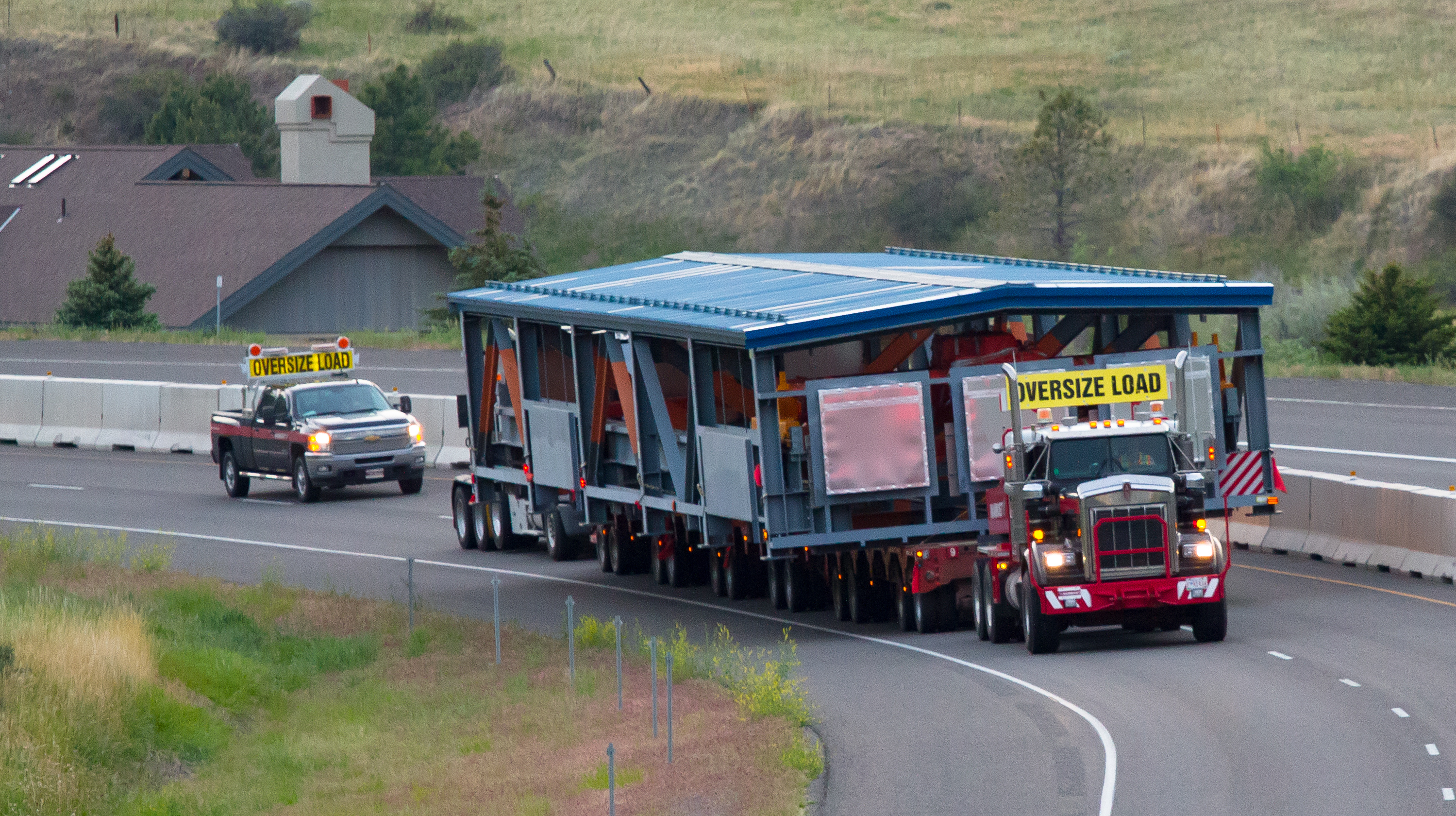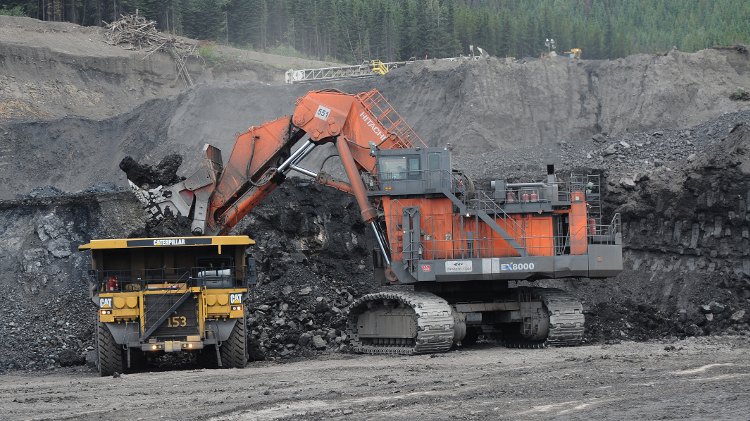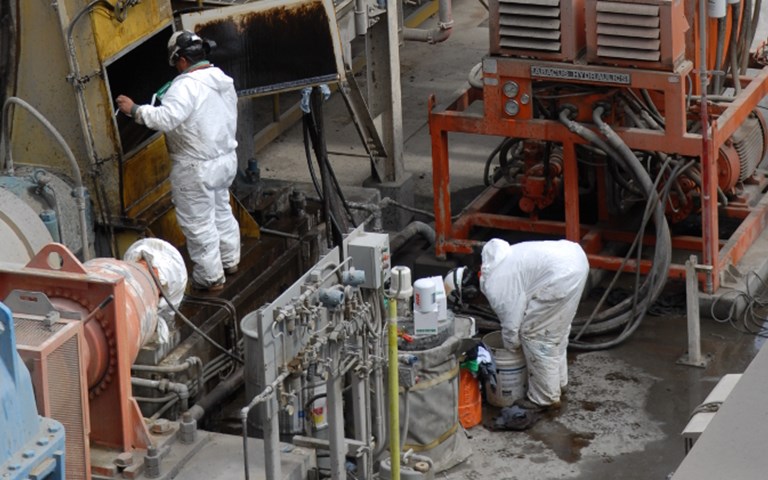How multi-million-dollar assets ought to be maintained is often misunderstood. Peter Braul
Keeping equipment running smoothly in the intense environment of a mine site can seem like an unattainable goal. It does not help that many beliefs about what constitutes good maintenance are based on old habits and hearsay, rather than the facts. To help you stay on top of your game, we enlisted experts in the field to help challenge 10 pervasive maintenance myths.
1) If it never fails, I don’t need to check it as much.
Brandon Hendrix, a Joy Global senior account manager, reported that his customers often set up monthly checks for new equipment, believing they are doing enough preventive maintenance that way. “But they need to inspect the complete piece of equipment a couple times a month,” he said. “This gives time for parts to be ordered and delivered to the mine site.” Especially critical on heavy equipment, the costs of losing a piece of equipment for a week could add up to millions of dollars – for want of one small part. “The customers that check on things more frequently have seen an overall better life on their equipment, with some shovels reaching over 160,000 hours,” said Hendrix.
2) Equipment availability reduces with age.
“In my opinion, old equipment performance decreases because it’s treated like old equipment,” said Nathan Flesher, director of operations at performance database provider MineLens. He said he believes operators and mechanics are typically less careful with older equipment and they tend to fix small issues less often. These lead to bigger issues in the long run.
“I’ve seen guys driving 10-year-old F250 trucks that they keep clean inside and do all the maintenance, and they still look and run like new,” he said. “Contrast that with a communal ‘work truck’ that is often trash within three to four years because people don’t clean and take care of it.” He said older equipment does tend to fail more often, but mechanics also tend to be familiar with those failures and have the spare parts on hand, so the machine can get back in service faster.
3) We don’t have time or manpower for kitting.
Every time a technician has a work order to carry out at an operation that has implemented kitting, they first collect a pre-assembled “kit” that includes all of the parts and tools necessary for the job. Flesher argues that even if operations have not made this a formal practice, “the truth is that you are already doing kitting. But you are doing it in the most inefficient way possible, with the mechanic, supervisor, and warehouse person running back and forth to get all the parts you need for a job. If you do it once, up front, not only will the job take less time, you will spend less time chasing after parts.”
4) Hydraulic system failure costs are unavoidable.
Damage and costs from hydraulic system failures have long been accepted as normal, according to Roger Marchand, CEO of magnetic filter maker Bay6 Solutions Inc. “Media filters cannot handle the large amounts of contamination generated during a failure mode,” he explained. During the failure mode, contaminated oil is allowed to circulate unfiltered throughout the entire hydraulic system, creating the conditions for future breakdowns. “While these types of failure cycles have long been accepted as ‘the nature of the beast,’ there are new ways to deal with hydraulic failures,” said Marchand. “Magnetic filtration is capable of capturing and holding this contamination.” That is because much of the contamination in a failure mode is ferrous and can be caught by uncloggable magnets.
5) Hydraulic systems are not a significant danger to maintenance employees.
Hydraulic systems are getting bigger all the time and can involve pressures of over 750 PSI and temperatures that exceed 60 C. Fluid that escapes under these conditions can penetrate skin and enter the blood stream, requiring surgery 100 per cent of the time. According to the Mine Safety and Health Administration, nine per cent of mining injuries are related to fluid power hoses.
6) Grease is better than oil for lubricating spherical roller bearings.
“The oil vs. grease debate is common in any low-to-moderate speed bearing application,” commented Leo Perry, senior engineer at the KSB-owned slurry pump manufacturer GIW Industries. Some maintenance personnel prefer grease for its convenience, but the geometry of some bearings – such as spherical roller thrust bearings – makes oil a reliable choice, said Perry. “It can be difficult to maintain adequate grease levels in these bearings over time.” Oil also dissipates heat better, allowing for higher-speed operation, and its level and temperature are more easily monitored.
7) More oil is better.
Too much oil will cause bearings to overheat. “Excessive oil level can generate more heat and aerate the oil due to the churning action within the housing,” explained Perry. “Too much oil volume can also act as a heat sink, making it difficult to draw heat away from the bearings.” On GIW pumps, instructions recommend filling to the centre line of the oil sight gauge with the pump not running, which should be just enough to coat each rolling element in an oil film.
8) All maintenance key performance indicators (KPIs) are owned by the maintenance department.
“Who owns the preventive maintenance compliance KPI?” asked Bruce Wesner, managing principal at Life Cycle Engineering. While most operations teams view it as a metric owned by maintenance teams, Wesner views it as an operations KPI first and foremost. “Operations has to give up the asset for maintenance to come in and do preventive work,” but since many operations teams are driven by production goals, they are reluctant to allow preventive maintenance to occur.
9) The main goal of maintenance crews is to fix problems when they occur.
Preventing breakdowns in the first place is where maintenance personnel ought to focus most of their energy, said Wesner. “Operations needs to look at maintenance as specialists who are continually running diagnostics from a predictive standpoint to understand how that asset is performing,” he added. It is also critical, according to Wesner, that if an asset breaks down, “We need to have operations there, involved and understanding what’s going on, and have them be part of the solution. The folks that know the most about an asset are the folks that operate it.” He said this collaborative approach to asset maintenance can stop costly breakdowns before they happen. “The cost of catastrophic breakdowns is typically seven to 10 times more,” Wesner added.
10) High tonnage metrics indicate that an operation is efficient.
Counter-intuitively, operations move more tonnes by focusing less on the tonnes themselves and more on the availability of the assets they use to move the tonnes, said Wesner. In his work with one mining company, shifting the focus from tonnage to availability resulted in a 35 per cent increase in tonnes moved over a three-month period. In addition to performing preventive maintenance, Wesner noted that big gains can be had by ensuring that assets are transitioned between shifts as smoothly and efficiently as possible. “It’s not one crew against another crew,” he said, remembering that at one operation, truck drivers would go so far as to adjust the seat for the next user so that they could immediately begin to work.




